Why does it matter?
An underexposed topic finally in the spotlight.
Automate
We connect sensors to AI algorithms so that lighting responds to occupancy, daylight and even the mood of the space.
Integrate
The lighting scheme merges with architecture, interior and landscape design long before the first brick is laid.
Innovate
We test new luminaire optics in our in-house lab, so we quickly see whether an idea succeeds or flops.
Optimise
Data from smart dimming profiles shows where lux levels can be lowered without losing comfort, saving up to 60% energy.
Short yet powerful..
Short yet powerful.
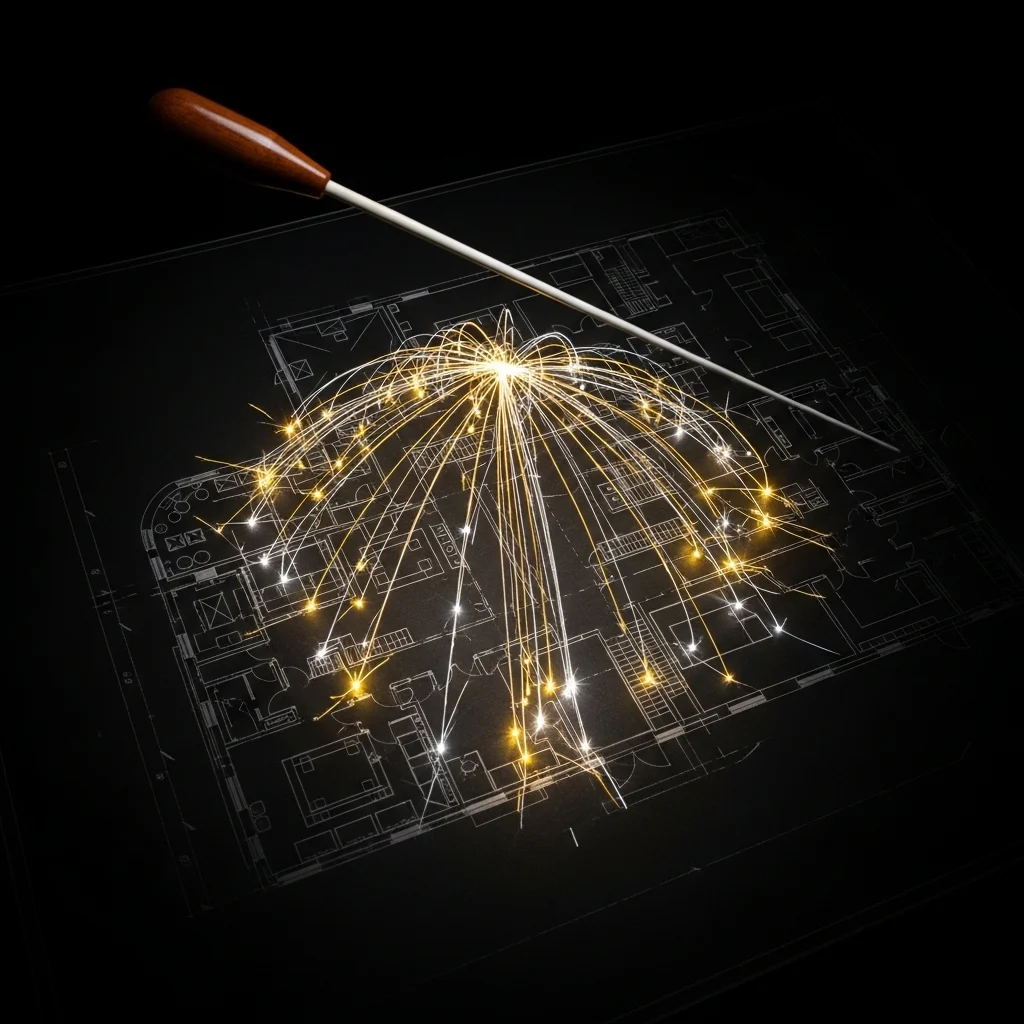
Imagine an orchestra without a conductor — that is how a building sounds without considered lighting design.
The nuance behind the numbers.
Environment-oriented lighting design (OGLO) starts in the initiation phase and prevents later corrections
Research by OVLNL shows that community participation increases support by 35%
In practice we often see that simple colour-temperature shifts boost productivity by up to 12%
What this means.
Lighting is not an afterthought; it is a strategic instrument that steers behaviour, wellbeing and environmental impact.
less eye fatigue, more focus
reduction of light nuisance for bats
lower energy bills, faster ROI
strong aesthetic signature — essentially a visual handshake
Step-by-step approach.
From dark start to education: this is how we realise a future-proof lighting plan.
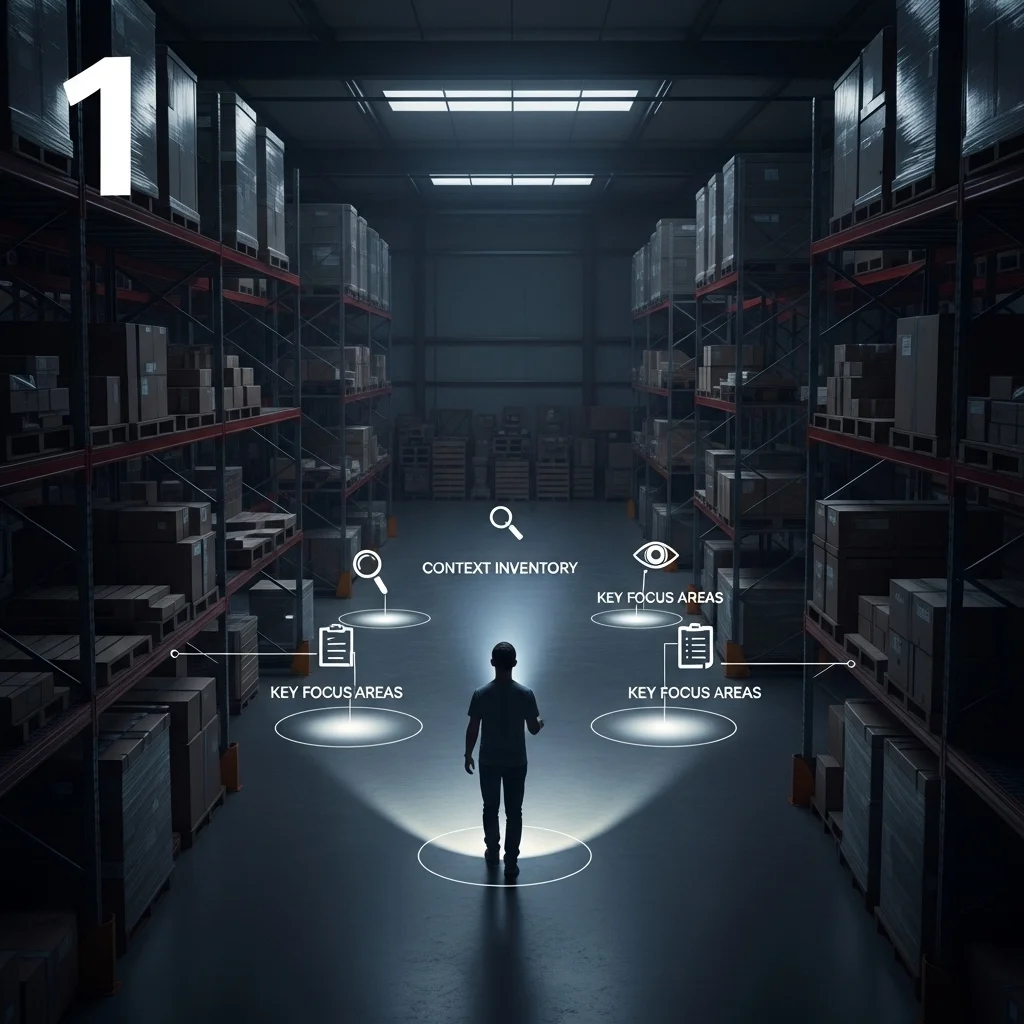
Step 1: Map the context..
We start in the dark, literally. Together with stakeholders we walk through the space or site with the lights off and note where the eye looks for orientation.
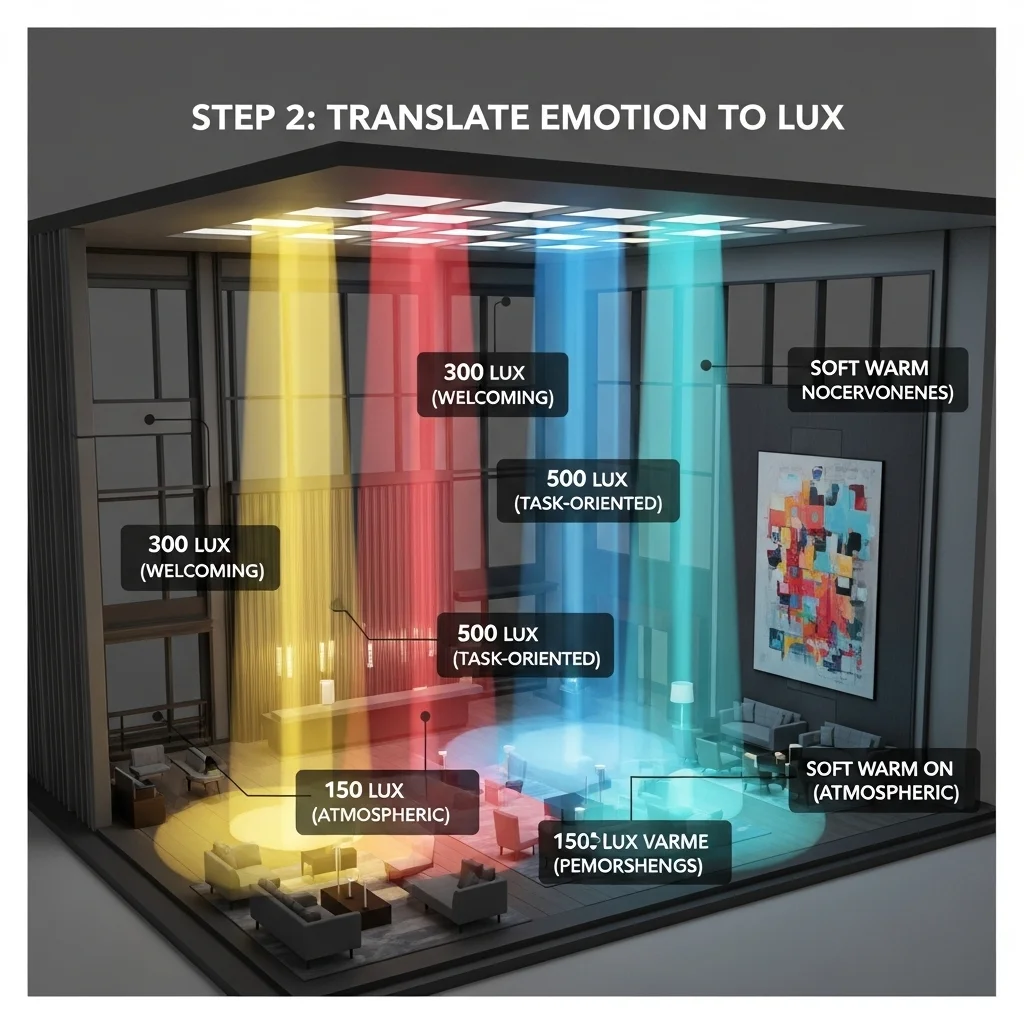
Step 2: Translate emotion into lux..
Here we couple feelings to measurable values. Think 300 lx warm white for a lobby that whispers welcome, or 50 lx neutral for a night path that offers safety without glare.
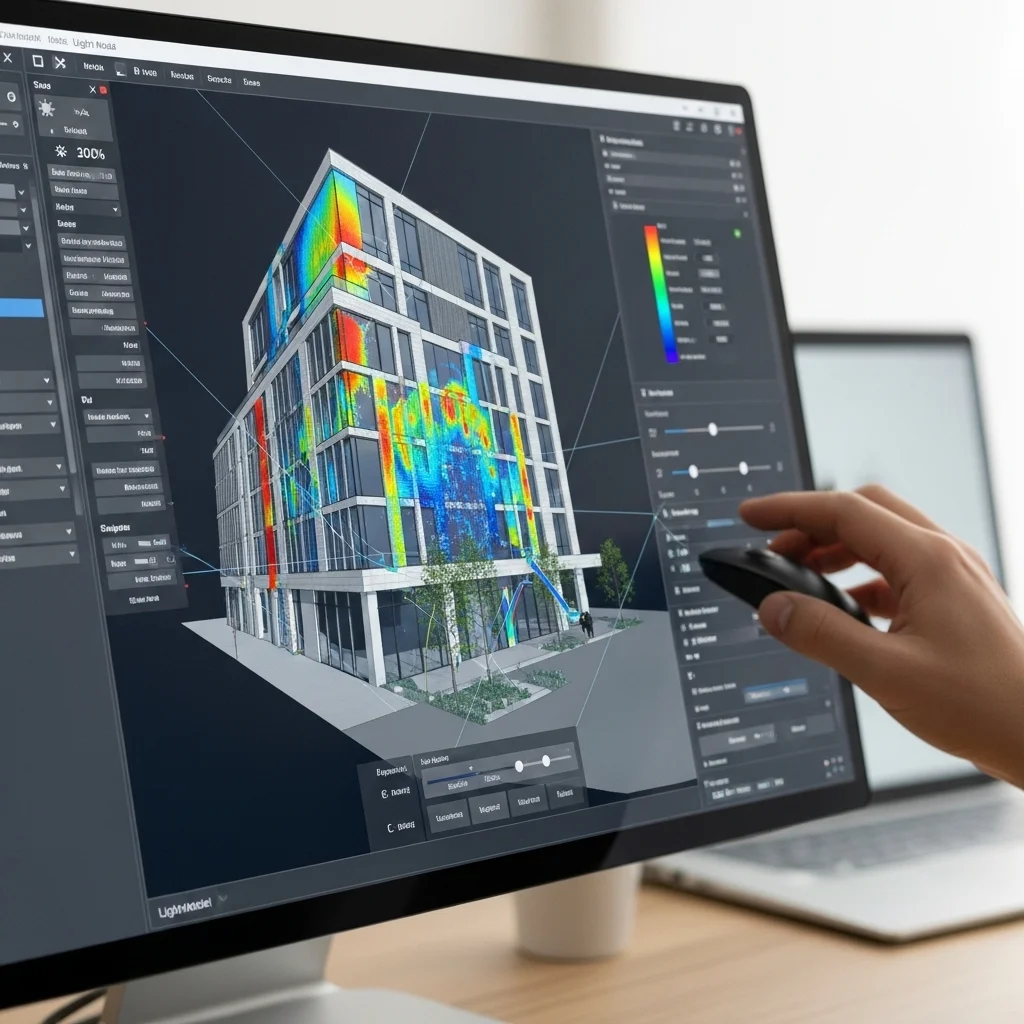
Step 3: Build a digital lighting model..
With DIALux or Relux we simulate reflections, colour rendering and glare factor, and apply dynamic day-night scenarios.
Sub-step: Biodynamic testing. Scenes are evaluated for 48 hours in a mock-up space by test subjects.
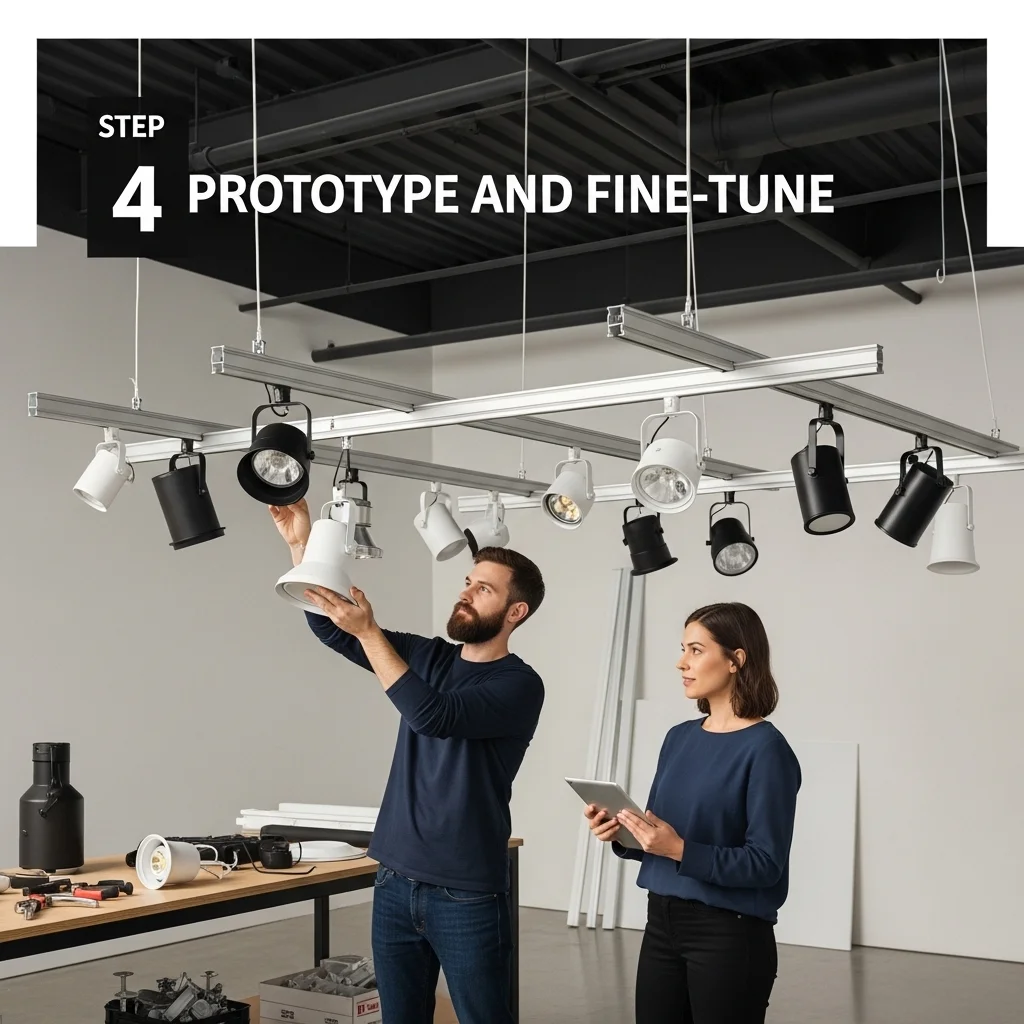
Step 4: Prototype and fine-tune..
Luminaires on temporary rails, rapid swapping, plenty of observation. What strikes us is that real materials reflect light very differently from software predictions.
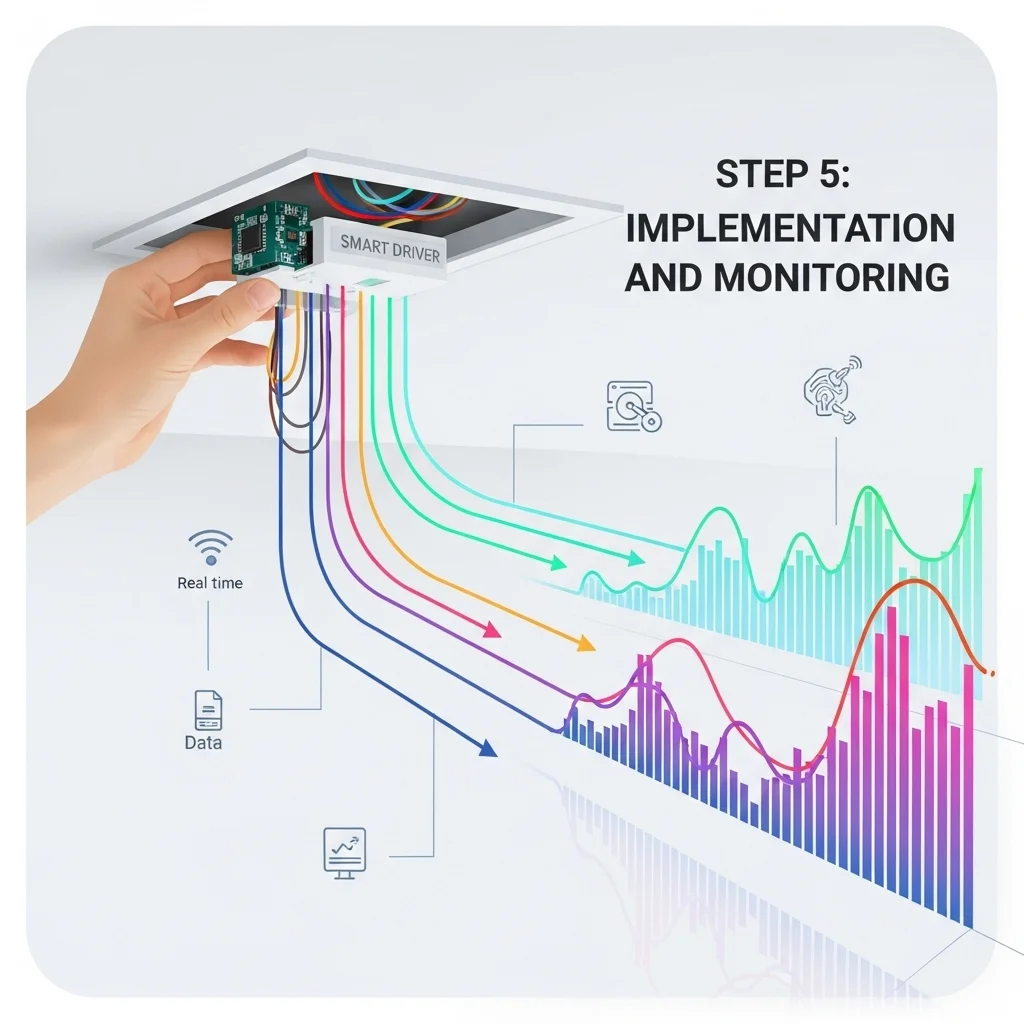
Step 5: Implementation & monitoring..
We install smart drivers that continuously send data. This data feeds a feedback loop that iteratively refines the lighting plan during the first three months.
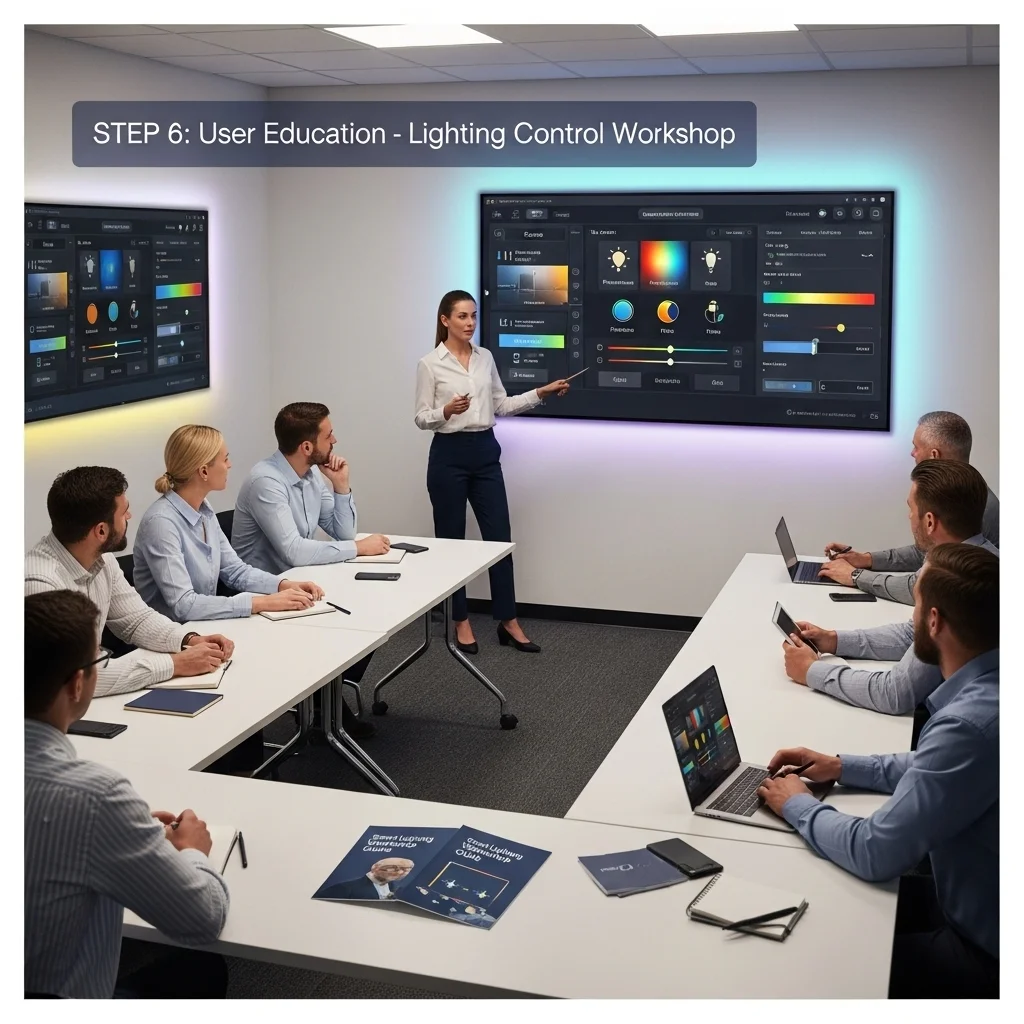
Step 6: User education..
Because without explanation people will still switch manually. We conduct brief workshops in which we reveal the logic behind the system.
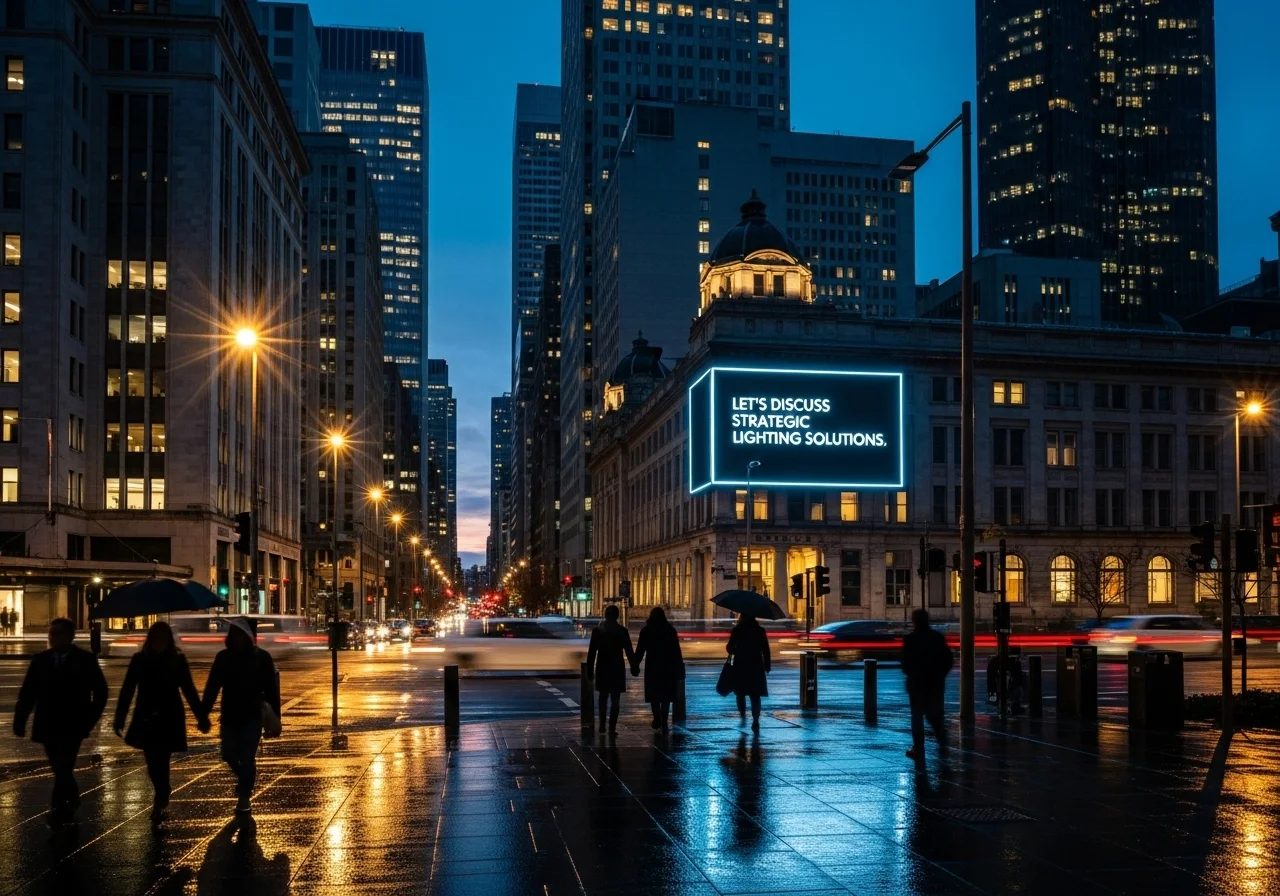

Want to talk more about light?
Every space deserves a lighting narrative that feels right. Keen to view your project in the best light? We are happy to listen, ask questions and brainstorm — no obligations, just a good conversation.
Lighting design as philosophy.
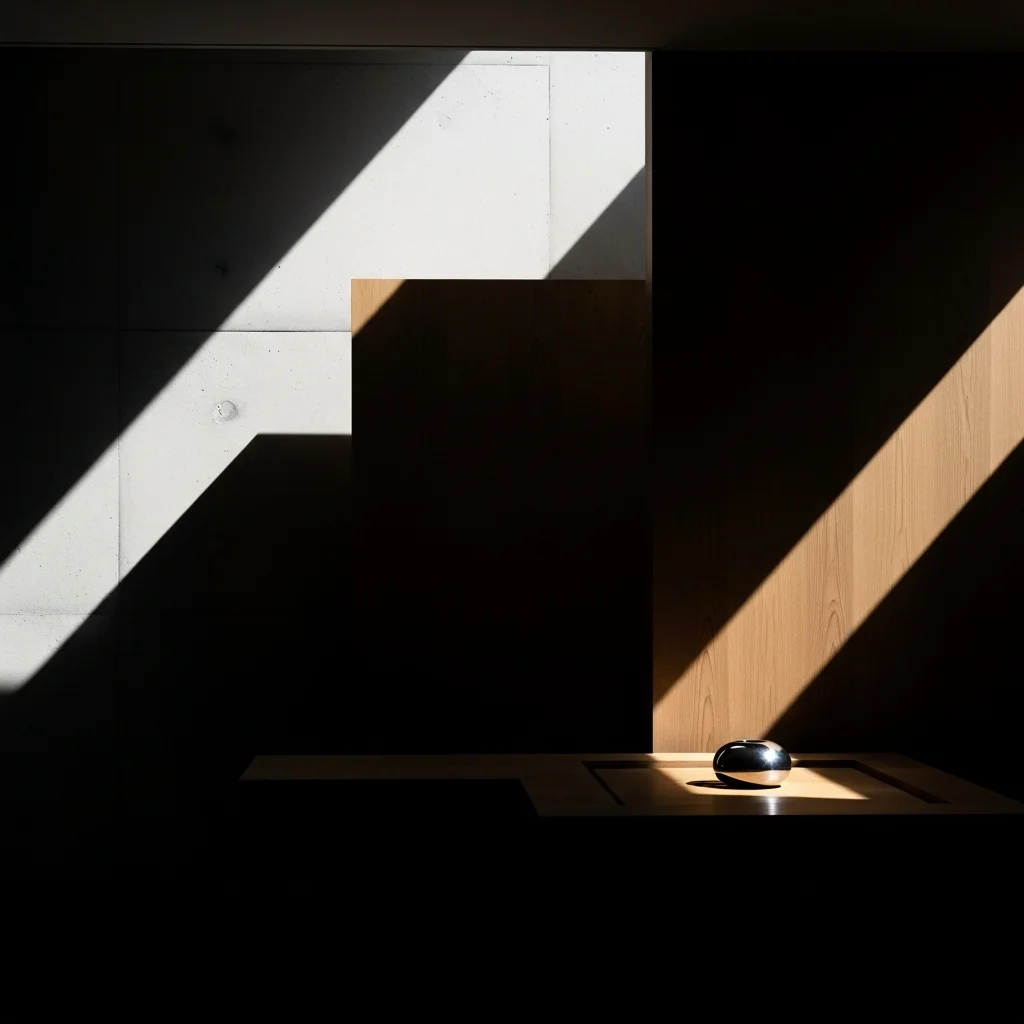
More than lux and lumen.
Light manipulates our sense of time. A shop feels larger when the vertical planes are at 200 lx while the horizontal plane stays modest. That said, a museum often seeks the opposite: focus on objects, subtle darkness around them.
Shadow as building material.
Shadow creates depth, providing resting places for the eye. In Japanese tea ceremonies darkness is deliberately created so that the light of a candle gains meaning. Such cultural insight inspires us not to illuminate every corner but to cherish contrast.
Practical tips for every project.
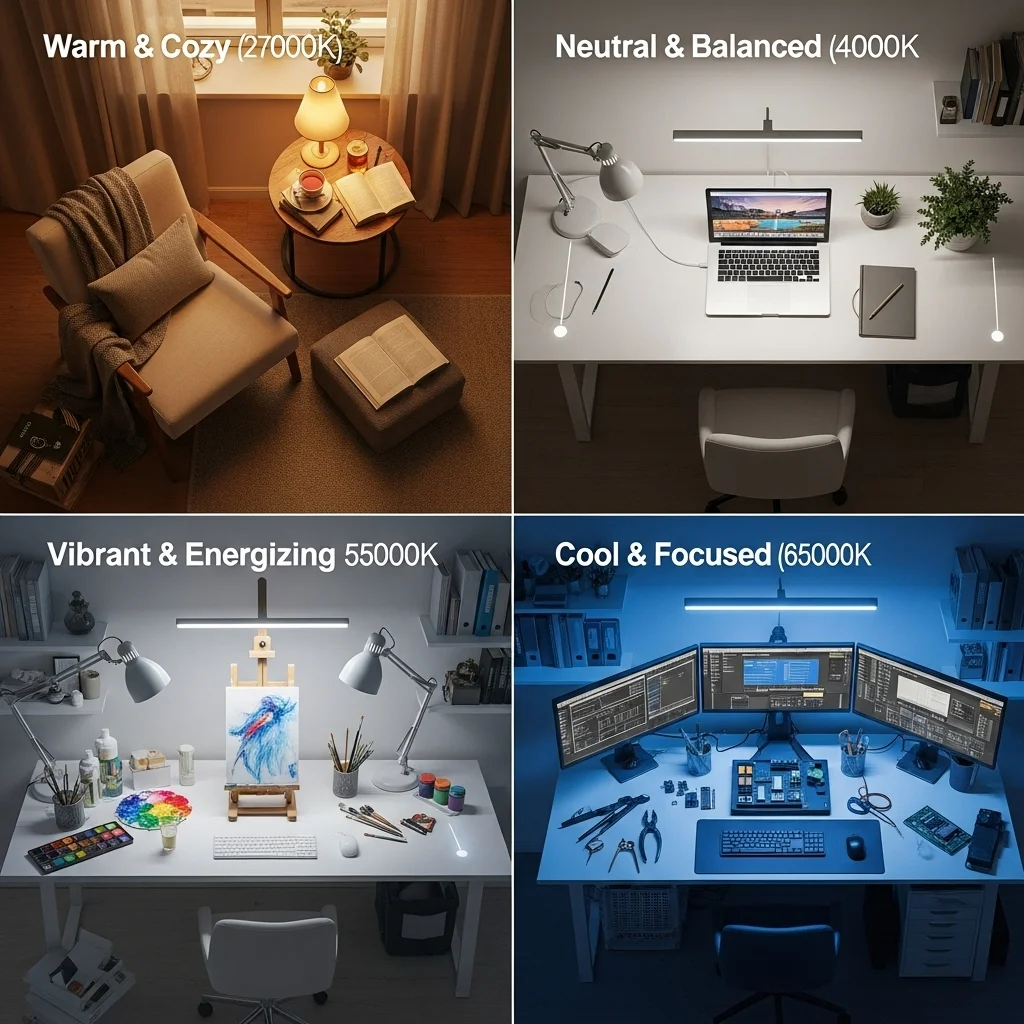
Immediately applicable, start tomorrow.
Start with Kelvin mapping.
Plot all desired spaces on an axis: activity (quiet ↔ active) versus dwell time (short ↔ long). Choose colour temperatures based on the quadrants rather than gut feeling.
Play with vertical illuminance.
What we often forget: eyes scan vertical surfaces. Allocate 30% of your lighting budget to walls or shelving and the space will become intuitively navigable.
Mind flora and fauna.
Use amber or reddish light in outdoor projects close to nature. Scientists from the OGLO handbook show that this disturbs insect migration less.
A critical look at trends.
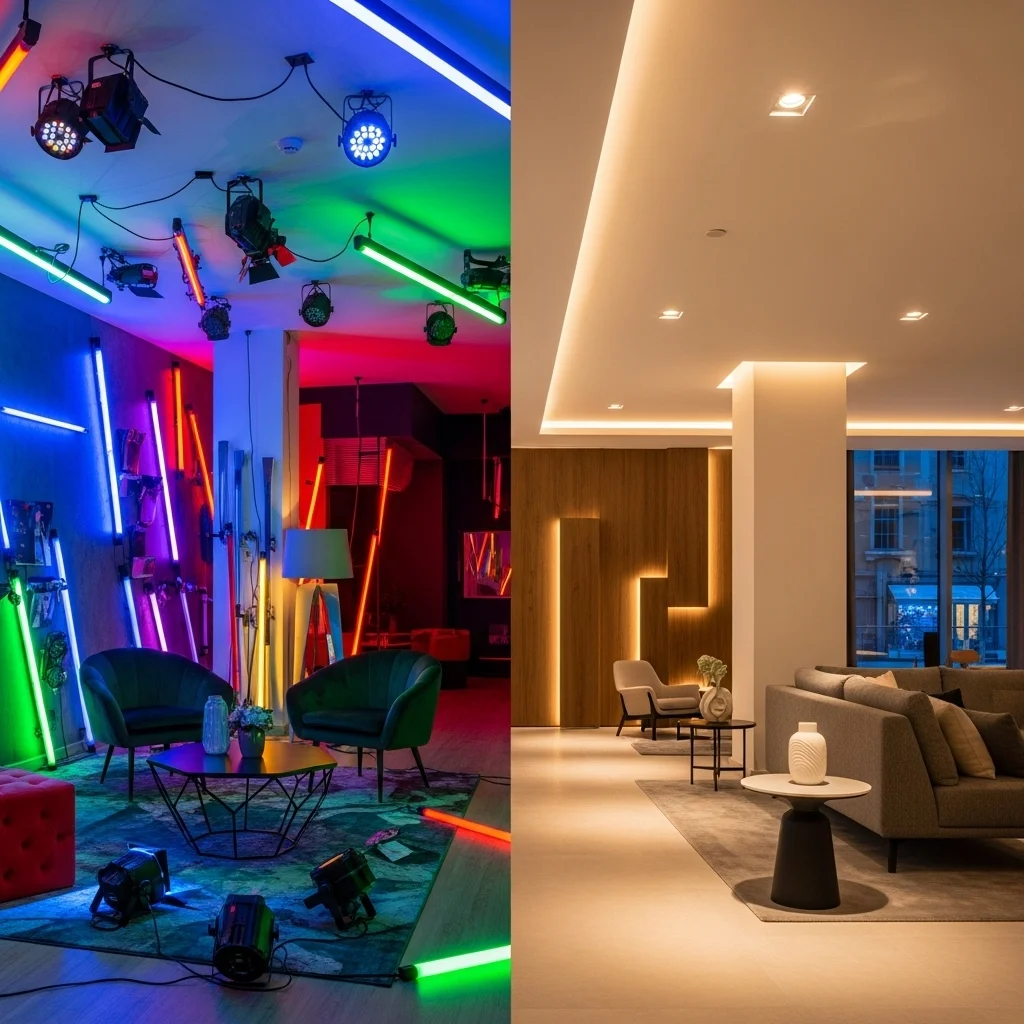
Not everything that flickers is gold.
RGBW overkill.
We see more and more installations where every luminaire can produce all colours. Fun for demos, but in practice it leads to colour chaos and higher maintenance costs.
App inflation.
Every manufacturer supplies its own app. People quickly lose track. Therefore standardise on DALI-2 or Bluetooth Mesh and avoid vendor lock-in — your future-proofing depends on it.
Frequently asked questions
Practical answers to the questions we hear most often.
Why should I invest in professional lighting design? 🤔
A solid lighting design increases comfort, lowers energy costs and enhances the architecture. Without a plan you often end up with over-dimensioning or, conversely, dark corners — both cost more to fix later.
What is the difference between lighting advice and lighting design?
Lighting advice provides general guidelines, for example "use warm white". Lighting design goes further: it delivers calculations, luminaire selections, wiring diagrams and often even scene programming.
How does lighting design relate to sustainability? 🌱
By starting at the design stage you can select luminaires with high reusability, integrate sensors and only deliver light where and when it is needed. Less light = less energy and fewer raw materials.
Is dynamic (Human-Centric) lighting really better for wellbeing?
Research shows a slight increase in alertness with cooler morning scenes and a smoother melatonin reduction in the evening. We notice staff subjectively experience less of an afternoon dip, although further study remains welcome.
How do I prevent light nuisance in residential areas? 🌙
Use shielding, lower pole heights and a granular dim curve. And involve local residents — participation significantly reduces complaints, as OGLO projects confirm.
Can I upgrade existing installations?
Absolutely. Often replacing drivers and adding wireless sensors is enough. Save an initial 30%, then optimise further with data analysis.
What does a lighting design cost on average? 💸
We avoid exact figures because every project is unique. Think in terms of value rather than cost: a good design usually pays for itself within two years through energy savings and higher user satisfaction.
How long does a design process take?
It varies. A small office can be completed in a few weeks, a city square takes months. Crucial is bringing lighting to the table during the sketch phase — the schedule almost organises itself after that.
Do I need to learn special software to join the conversation? 🤓
No. A clear briefing, reference images and the desired atmosphere are enough. Of course, anyone who already works with DIALux or Revit has an edge, but it is by no means essential.
What happens after hand-over?
Then the fine-tuning begins. Sensor data shows behaviour; together we analyse and adjust scenes or dim curves where needed. This keeps the lighting design alive rather than static.


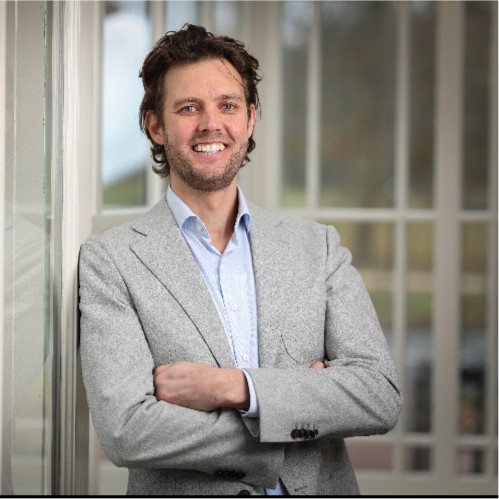







.webp)
